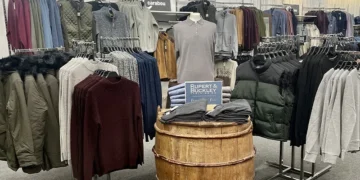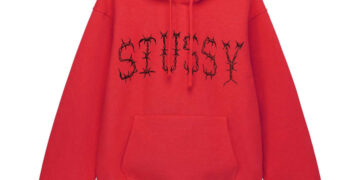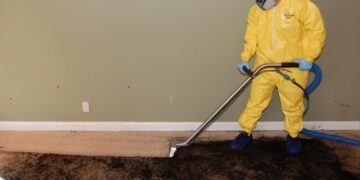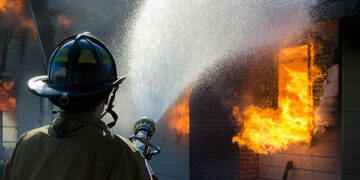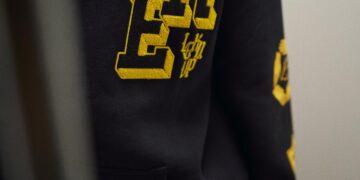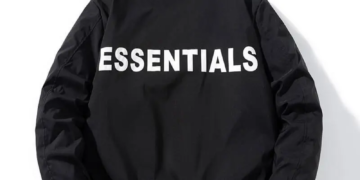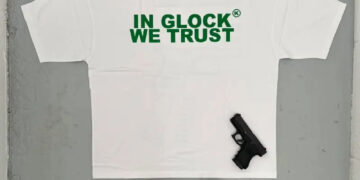Explore how Vitesse’s financial troubles affected team performance, management decisions, and their future in competitive football.
Vitesse’s Financial Challenges: Impact on the Pitch
The beautiful game of Aw8 Pro is not only played with feet on the pitch but also heavily influenced by what happens behind the scenes — particularly in the boardrooms and financial departments. In the 2024/25 season, Vitesse Arnhem, one of the most recognized clubs in the Dutch Eredivisie, became a cautionary tale of how financial instability can directly translate into struggles on the field.
From once competing in European tournaments to now fighting to stay afloat, Vitesse’s situation has sent shockwaves through the Dutch Aw8 Pro community. This article explores how Vitesse’s financial challenges have impacted their performances, player morale, fanbase, and future in Dutch football.
A Club with History and Prestige
SBV Vitesse, founded in 1892, is one of the oldest professional clubs in the Netherlands. Known for their stylish play and consistent Eredivisie presence, they’ve built a reputation for nurturing talent and playing competitive football. The club has had stints of success, including qualifying for the UEFA Europa League and winning the KNVB Cup in 2017, their first major trophy.
However, beneath the surface of these footballing triumphs, financial mismanagement and unstable ownership have long threatened the club’s foundation.
The Root of the Financial Crisis
1. Ownership Instability
One of the biggest contributing factors to Vitesse’s decline has been uncertain ownership structures. After years of being under the influence of foreign investors, including links to Chelsea FC’s former ownership group, the club struggled to establish long-term financial strategies.
With the departure of Russian investor Alexander Chigirinsky, the club lost a major source of funding. Promises of replacement investments failed to materialize, leaving the club to survive on minimal revenue and spiraling debt.
2. Reduced Revenue Streams
Vitesse also faced a massive decline in commercial and matchday revenues. Lower attendance due to poor performances, combined with a lack of European qualification, severely impacted the club’s finances. The COVID-19 pandemic’s aftershocks added to the problem, drying up sponsorship deals and merchandise sales.
3. Overspending in Previous Seasons
A consistent pattern of overspending on wages and player acquisitions during better years has now caught up to the club. Unlike financially robust clubs like PSV or Feyenoord, Vitesse lacked a strong fallback strategy when results didn’t match investments.
Immediate Impact on the Football Pitch
1. Player Departures and Squad Weakening
Due to the financial limitations, Vitesse had to offload several key players — not just for profit but simply to survive. Talents like Million Manhoef and Sondre Tronstad left the club, leaving significant gaps in quality.
2. Transfer Market Limitations
With a limited budget, Vitesse could not compete in the transfer market. Instead of reinforcing the squad, they relied heavily on youth players and free agents. This significantly affected their ability to stay competitive in the Eredivisie.
3. Low Morale and Locker Room Instability
Reports of delayed wage payments and uncertainty over the club’s future created tension among players and staff. Morale plummeted, and the performances followed suit. On the pitch, this translated to a disjointed team, inconsistent tactics, and poor results.
Notable Matches Reflecting the Struggles
⚠️ Vitesse 0-5 Ajax (Matchday 7)
This heavy loss wasn’t just about the quality gap. It reflected the lack of organization and fight from a team grappling with off-field issues. Players looked disoriented, and the game plan collapsed under pressure.
⚠️ RKC Waalwijk 2-0 Vitesse (Matchday 15)
Losing to another relegation-threatened side underlined Vitesse’s vulnerability. Despite having more possession, they failed to create clear chances and conceded cheaply — a recurring theme during this difficult season.
Fan Reactions and Stadium Atmosphere
The GelreDome, once a fortress with vibrant fans, has become a venue filled with uncertainty. Attendances have dropped, banners expressing frustration with the board have appeared, and the loyal supporters’ patience is wearing thin.
However, amidst the chaos, a core group of fans has remained vocal in their support, initiating fundraising efforts and calling for transparent club management. Their resilience mirrors the values of true football fandom.
Attempts at Recovery and Future Outlook
1. Financial Restructuring
The club has begun negotiating with creditors to restructure debt and delay payments. Emergency measures have been implemented to reduce operational costs and stabilize day-to-day finances.
2. Local Ownership Talks
Efforts are underway to bring the club under local or fan-based ownership. A consortium of Dutch businessmen has reportedly shown interest, but negotiations remain ongoing. A return to more community-rooted governance could restore long-term sustainability.
3. Focus on Youth Development
With no budget for high-profile signings, the Vitesse academy has become the club’s lifeline. Players like Noa Dirks and Thijmen Nijhuis have been promoted, showcasing the potential of homegrown talent.
Eredivisie Status in Jeopardy?
Vitesse’s position in the Eredivisie has been under serious threat. As of Matchday 30, they hover dangerously close to the relegation zone. Survival would require not only tactical brilliance but also unity in a fractured club environment.
Relegation would deal another blow — slashing broadcasting revenues and damaging the club’s image further. But it could also serve as a reset button, allowing the club to rebuild with a clearer financial and footballing vision.
Lessons from the Vitesse Crisis
The situation at Vitesse is a stark reminder that football is a business as much as it is a sport. Poor financial planning, overreliance on foreign investments, and failure to prioritize sustainability can lead even historic clubs to the brink of collapse.
Other clubs across Europe and the world should take note. Transparency, responsible spending, and fan engagement must be at the heart of club operations.
Conclusion: Hope Beyond the Hardship
Despite the financial challenges, Vitesse still has what money can’t buy — history, loyal fans, and a city behind them. If the right decisions are made now, the club can recover, restore its identity, and once again become a respected force in Dutch football.
The road ahead is steep, but not impossible. As other clubs have shown, recovery starts with accountability and belief.
Support Football, Support the Fight — Stand with Vitesse
Vitesse’s current crisis is more than just a local problem — it’s a reflection of challenges many clubs face in modern football. Now, more than ever, the game needs fans who believe in the core values of the sport: passion, loyalty, and community.
Let’s keep supporting clubs like Vitesse and continue to stand behind the game we all love. Whether in triumph or turmoil, this is our football — and every story, even the hard ones, deserve to be told and supported.
Stay passionate. Stay loyal. Support football.








![[https://ssstik.kim]-tiktok-downloader](https://hufpostt.com/wp-content/uploads/2025/04/Screenshot_13-360x180.png)







